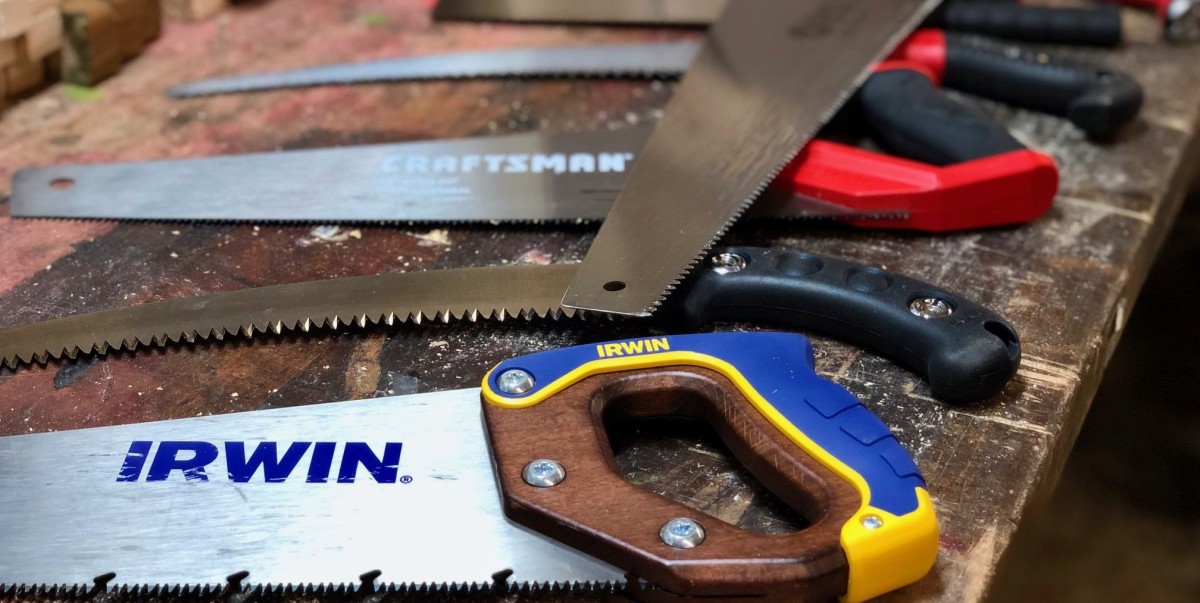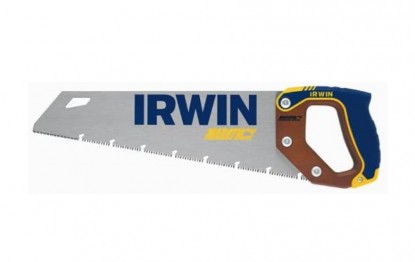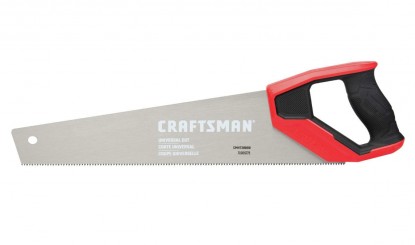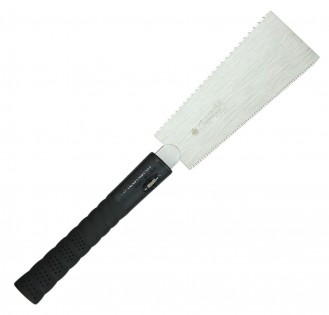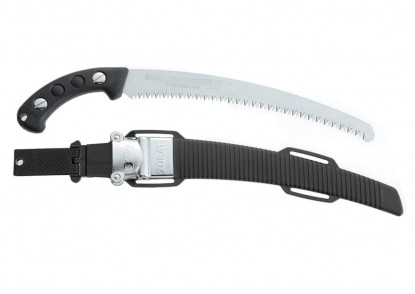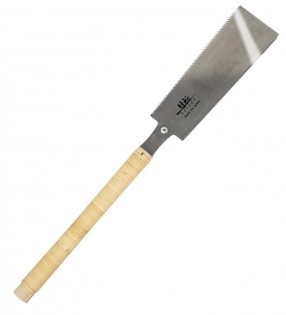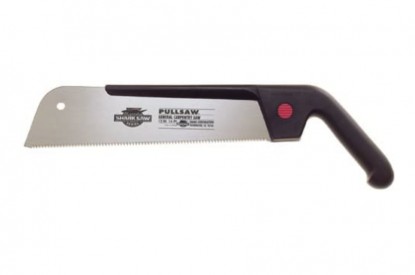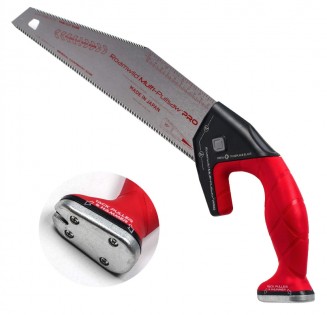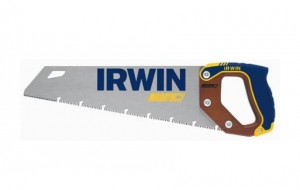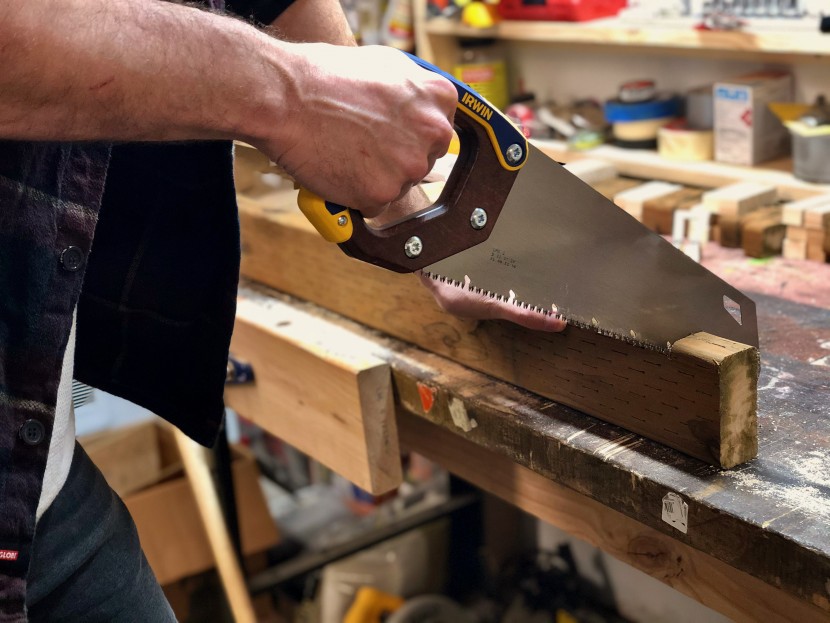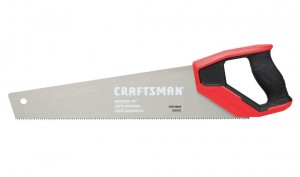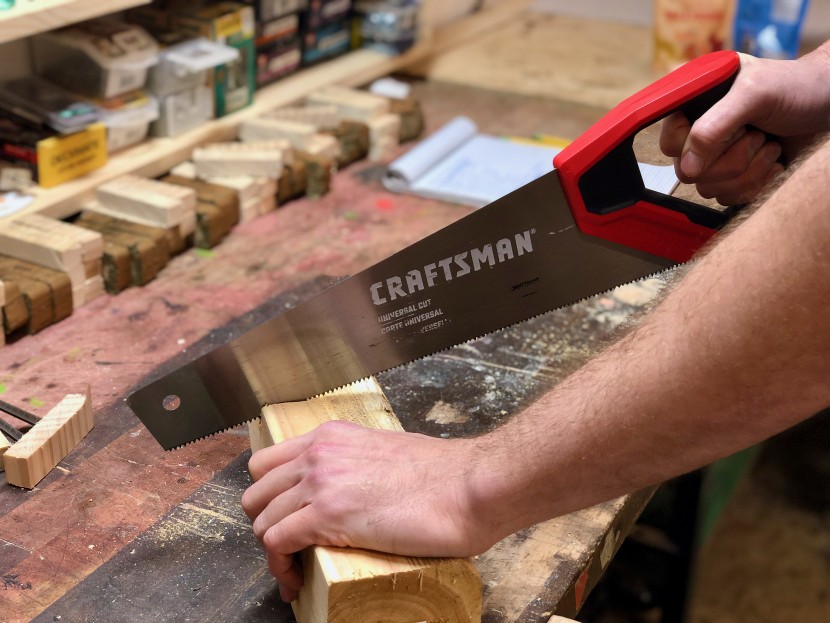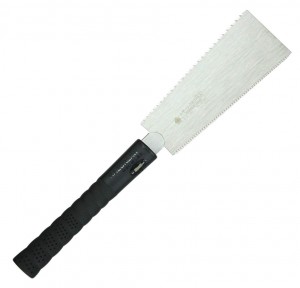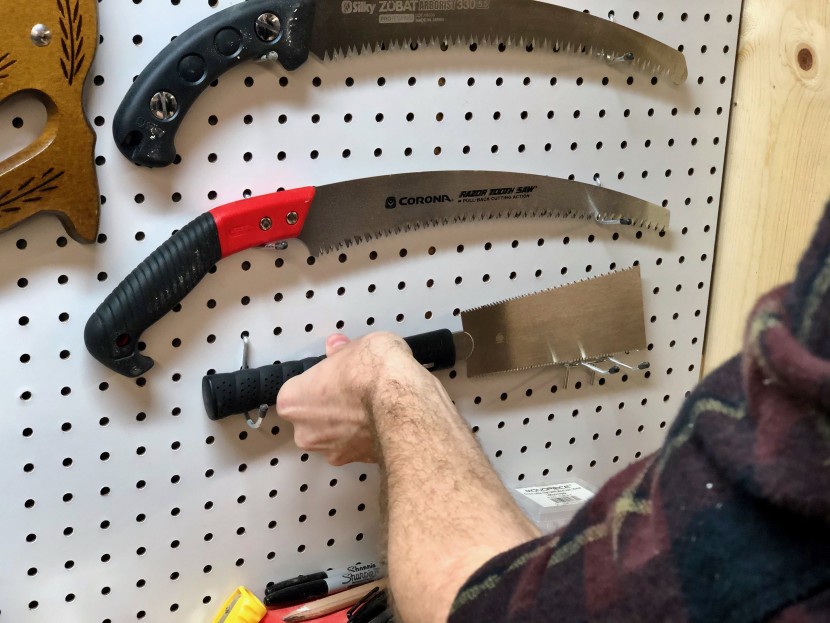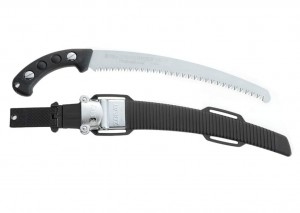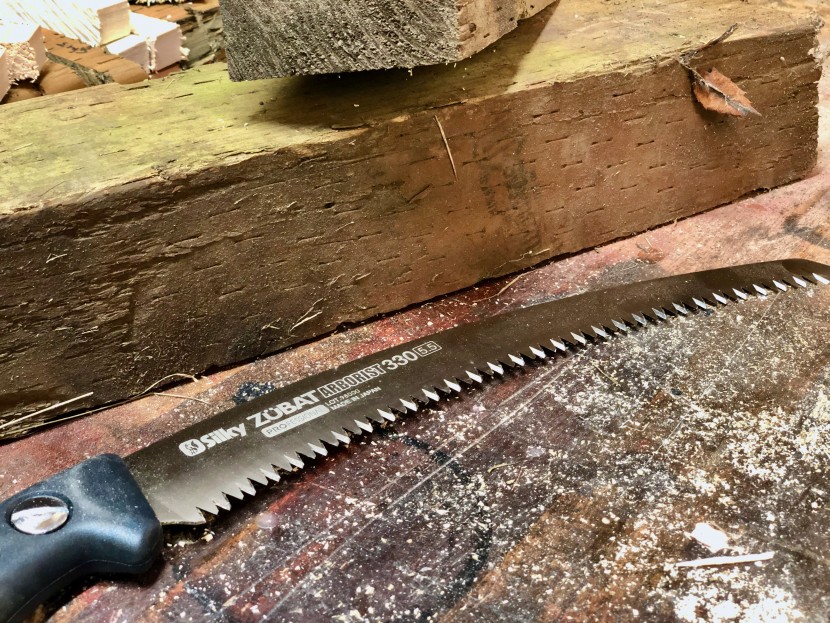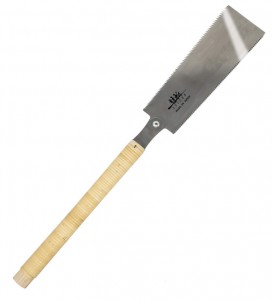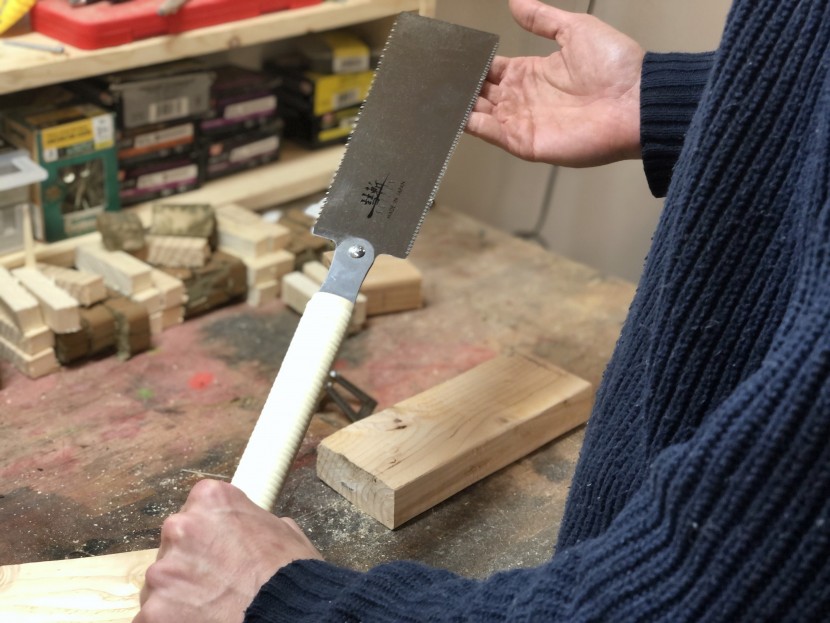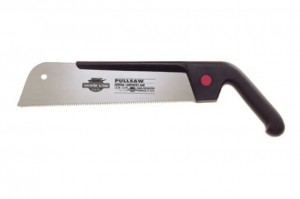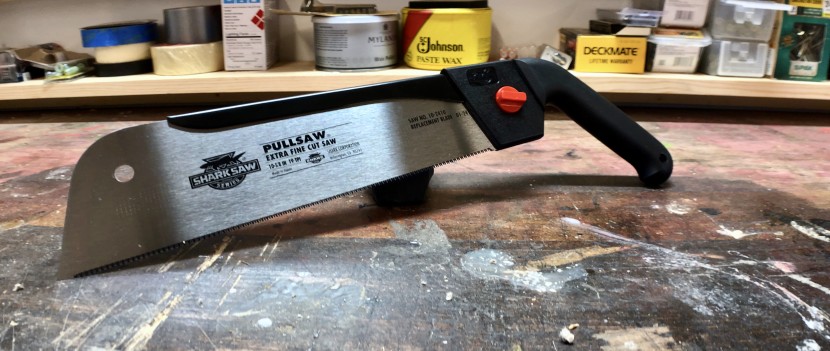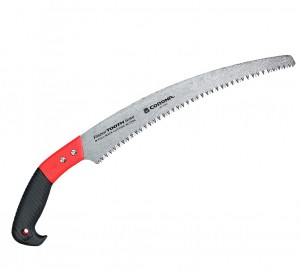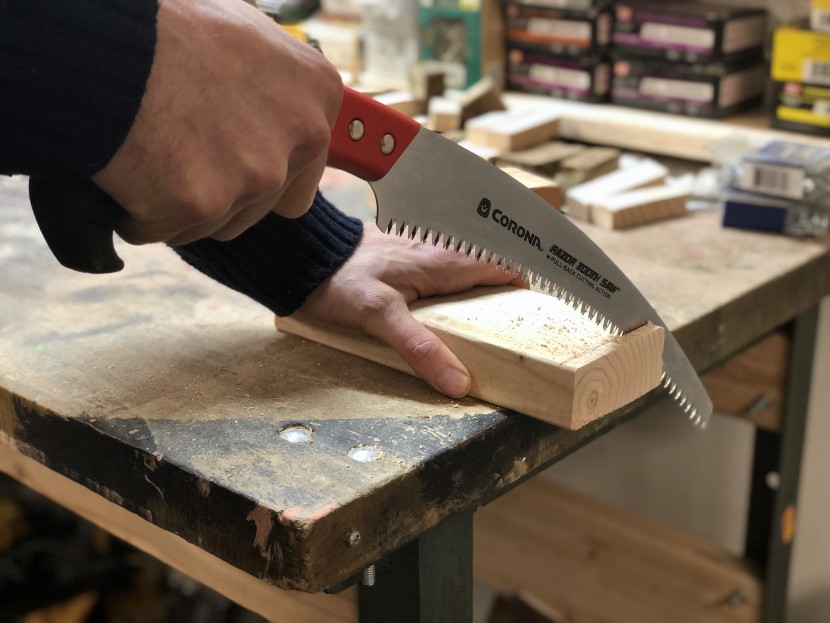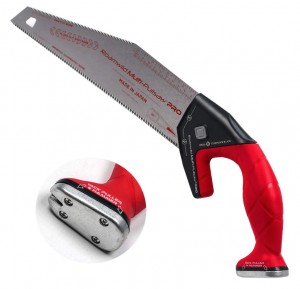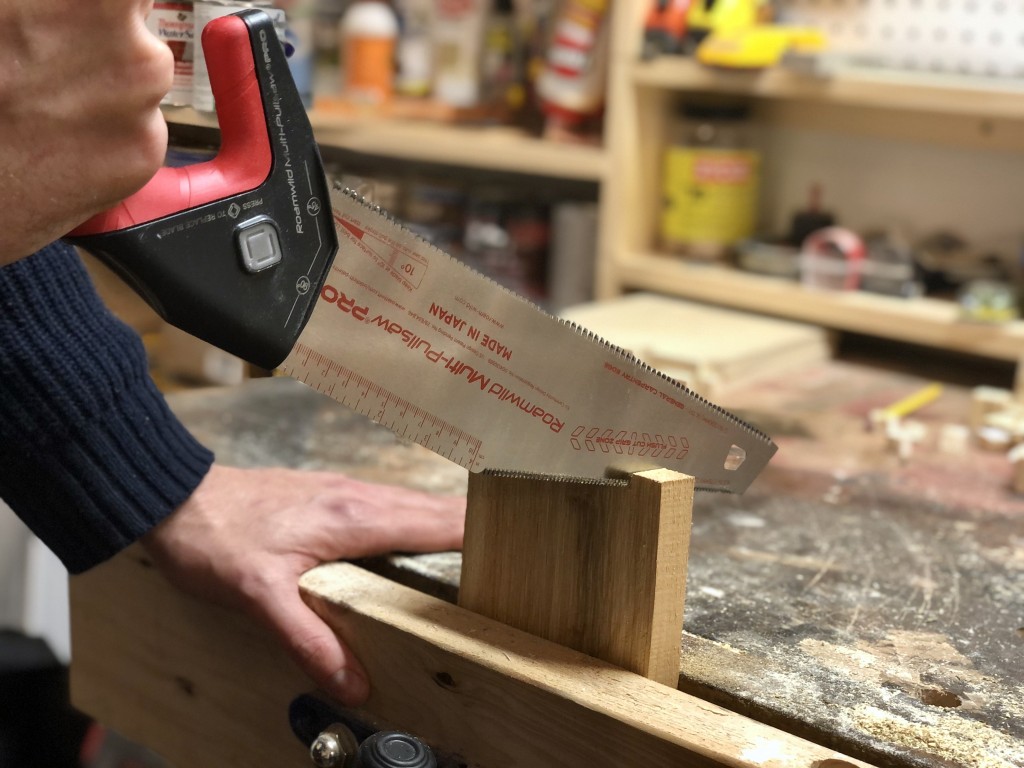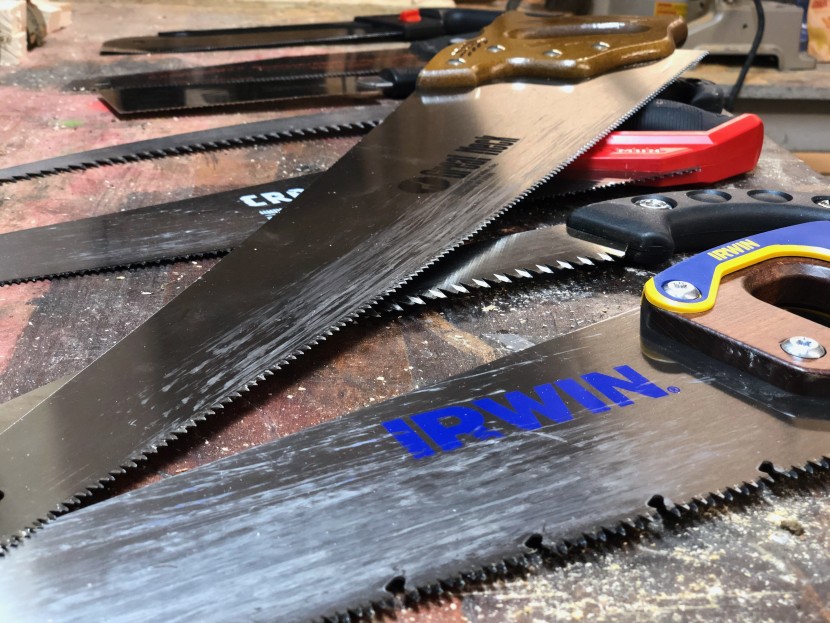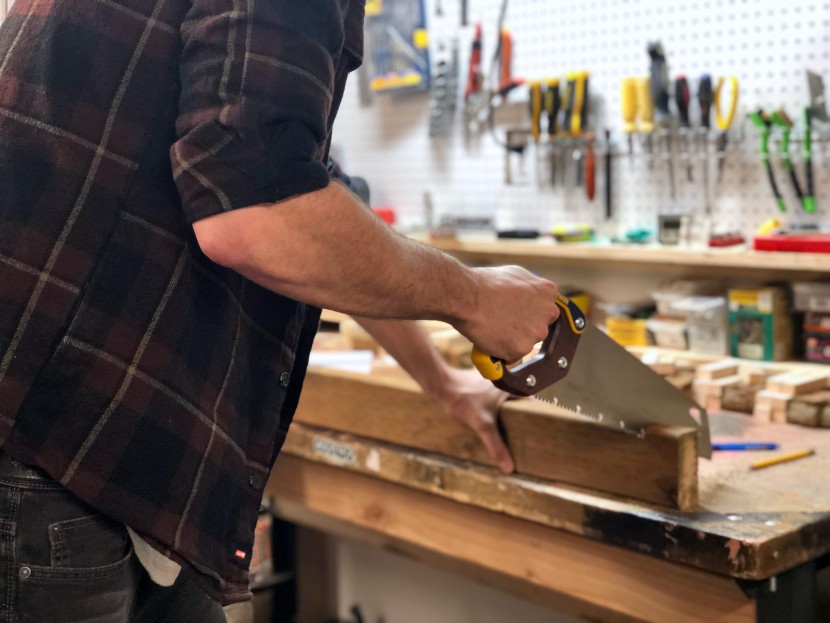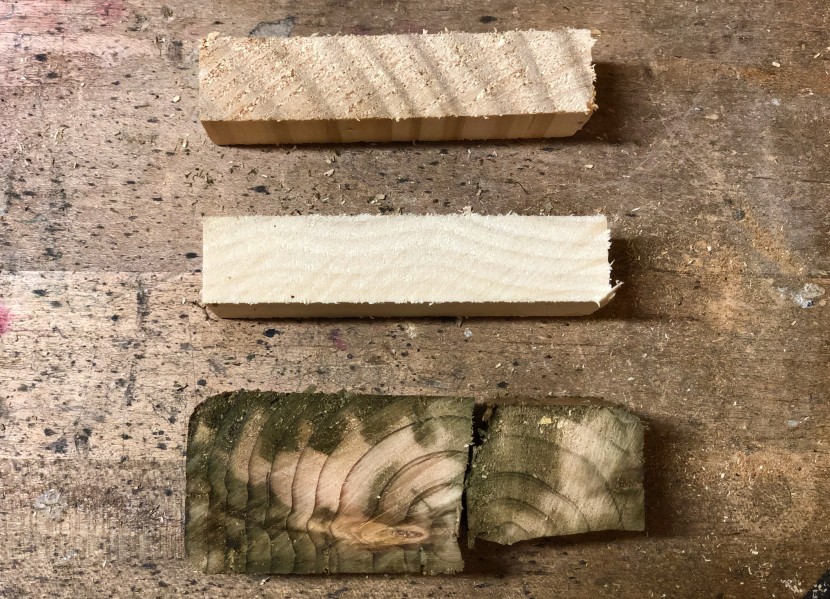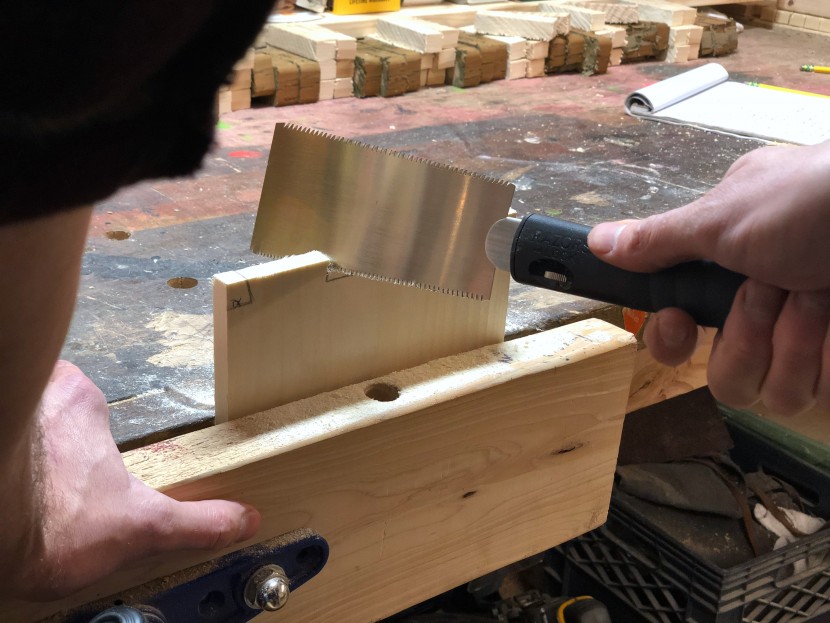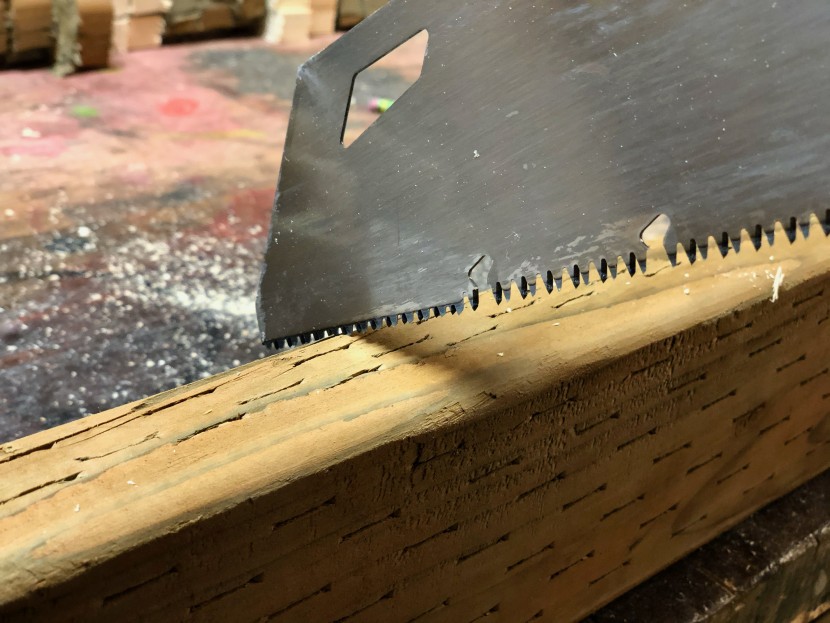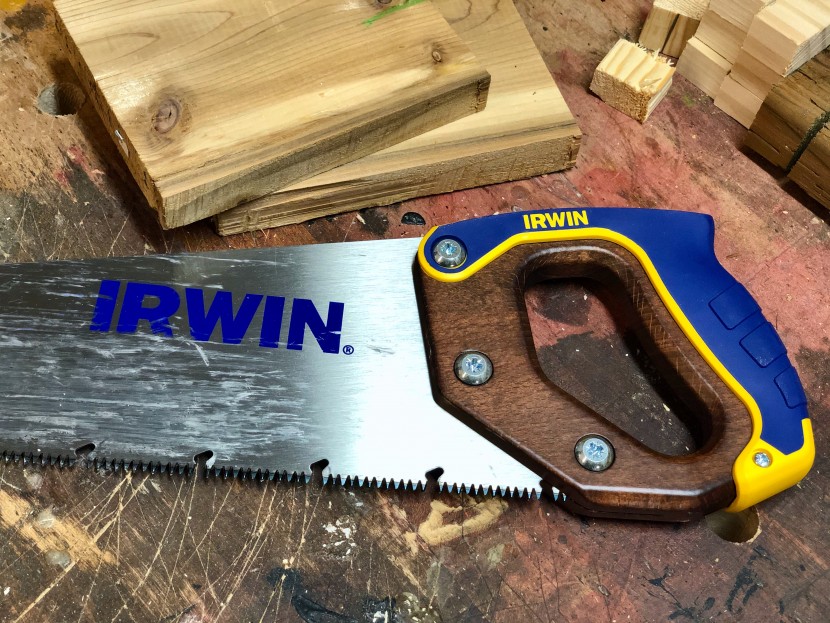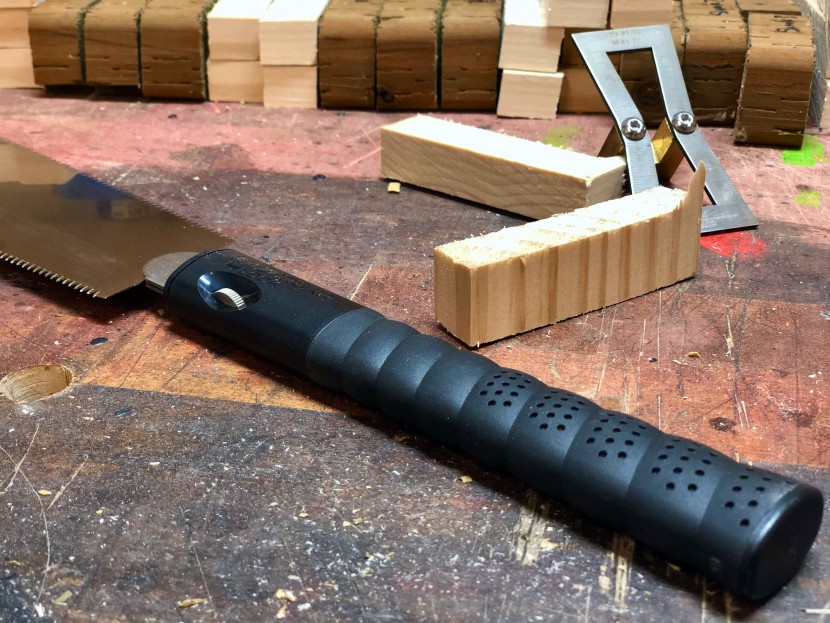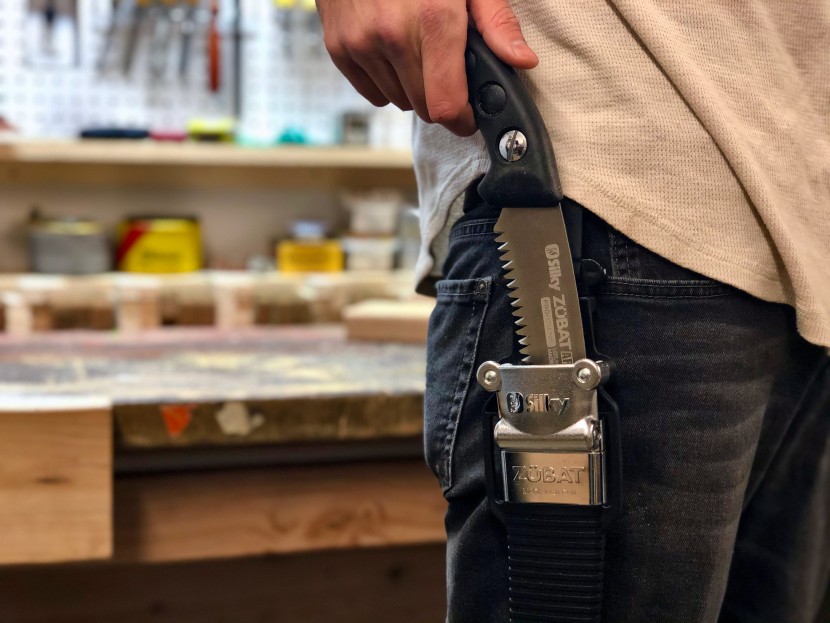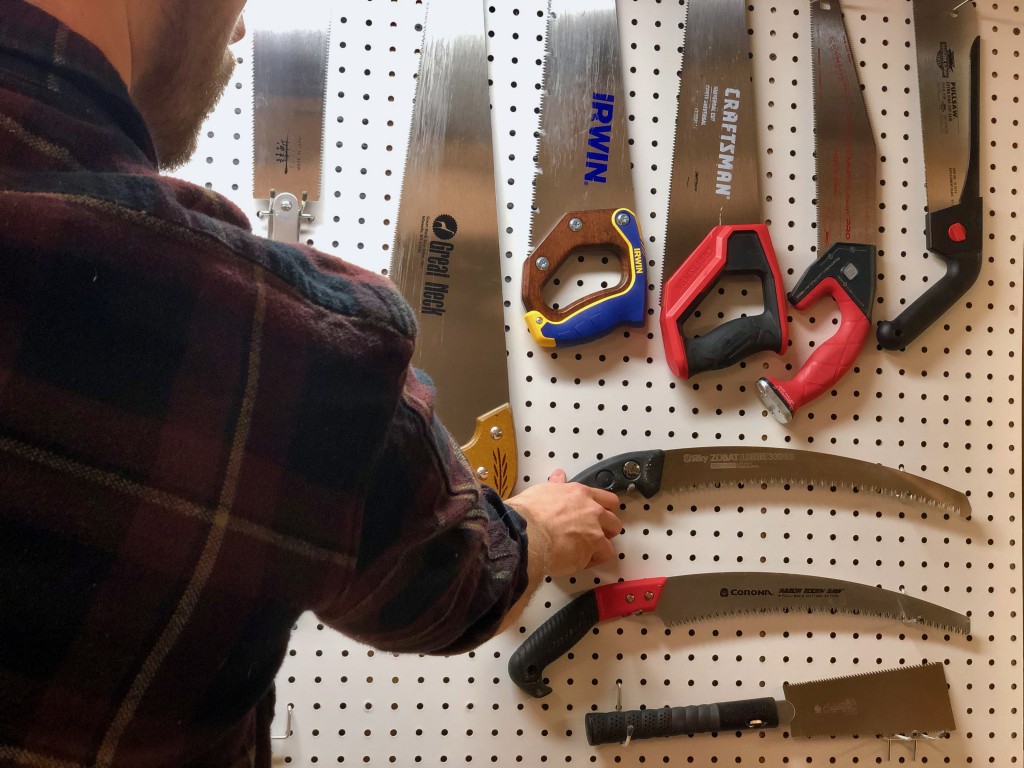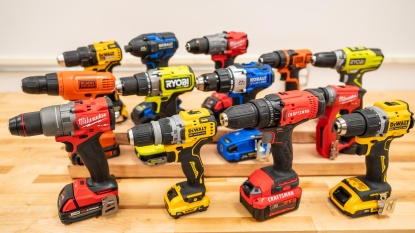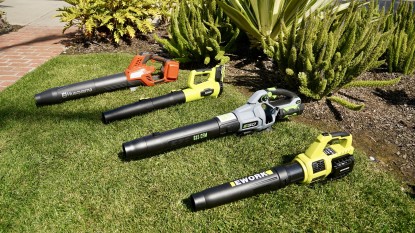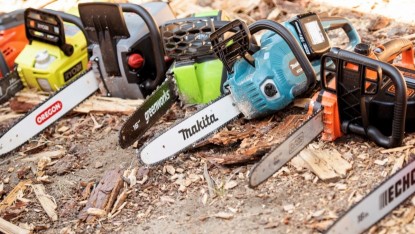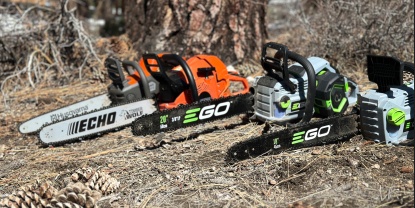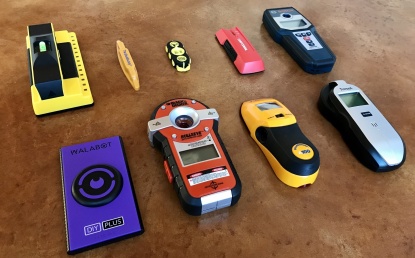Is your DIY project list growing long? Cut it down to size with the best hand saws available today. Our experts bought and tested the best 8 models available to the test, so you don't have to. “Buy it right or buy it twice” has never been more applicable than when purchasing tools, as the number of options and the range in quality continues to increase. Our carpentry experts created a methodical test plan to evaluate each model we bought. The key areas of performance are the ones you care about most, such as speed and efficiency, cut quality, accuracy, and blade durability. We got our hands on many different hand saws, so you only have to purchase one.
Looking for a broader selection of tools? If so, go no further than our list of the best tools on the market. We've also put many power saws to the test, like the top-rated miter saws and our favorite circular saws. If you're in need of something a bit more burly than a hand saw, check out our evaluation of the top-rated chainsaws.
Our Top Picks
8 Best Handsaws
The IRWIN Coarse Cut ProTouch is a compact, well-balanced, all-around saw built for speed. If you're only looking for one hand saw in your toolkit, this is it. The Easy Start front teeth on this model put a cut above everything else and earned it our favor overall. It's insanely simple to build an initial groove, and once started, you can fluidly transition to full strokes. The combination of wood and ergonomically molded rubber in the handle provides the weight and sturdiness you want while still being comfortable to hold over several cuts. The tri-ground teeth slice through wood with ease, and the deep gullets in the blade allow sawdust to escape, so it is less likely to bind mid-cut.
The one drawback of Irwin ProTouch is the placement of the handle. It extends slightly past the saw teeth requiring you to stop short of a full push stroke to avoid denting your workpiece. For a saw built for speed, it's easy to get into a nice rhythm and end up bashing the handle into a corner. That said, the ProTouch is versatile enough to handle almost any project you throw its way, and we think its advantages greatly outweigh this minor drawback. Trimming planks, roughing in drywall, or reaching tight cuts that power tools can't are all options with this blade. It's one hand saw that you're really going to like using for almost any project.
The Craftsman 15-Inch is an inexpensive, no-frills hand saw. If you'll only use a saw infrequently and want to save a few bucks, this is the saw for you. On average, it was the fastest saw we tested, shredding through whatever we put in front of it. The cuts aren't the cleanest, but once you get into a speedy groove, you can easily chew through a 2x4. The angle of the handle positions your arm naturally for a good cutting angle. The handle itself forms nicely to your hand. It's not the most ergonomic of the saw in our review, but it's comfortable enough. And at this price point, you don't have to fret if you tend to be rough on your tools.
Our first impression is that this saw is lightweight — and not in a positive way. It just doesn't have the same heft as a higher-quality saw. In our experience, this can cause the blade to jump around quite a bit, especially on initial stokes, meaning there's a heightened chance you'll miss your mark. This blade is also unforgiving—if bent left or right by more than two degrees, the blade will bend, bow, and bind, breaking any rhythm you managed to build. This can be frustrating if you have a lot of sawing to do but is also easy to overlook for the price. If you need a saw for regular or detailed work, there are much better, yet pricier, options. However, if you just need a handsaw for occasional use, this Craftsman model fills the need at a friendly price.
The Gyokucho 7" Razor Ryoba Saw is a woodworker's handsaw designed to handle detail work and intricate cuts like dovetails. Perfectly balanced with a 0.5-mm blade, the Gyokucho is super maneuverable, making it easier to hit cuts at nearly any angle. It feels like a natural extension of your arm, switching between crosscuts and rip cuts with a quick flick of the wrist. The rubberized handle is a nice touch and ensures a no-slip grip while cutting. Compared to other Japanese handsaws that can be rather large, the Gyokucho's small size takes up minimal room on your workbench where space may already be in rare supply. Like most Japanese pull saws, it is double-edged, with the teeth for crosscutting (across the grain) on one edge and teeth for rip cuts (along the grain) on the other edge.
The primary disadvantage of the Gyokucho—and all pull saws—is that they'll always have a higher stroke count due to the nature of the blade. Pull saws only cut on your pull-stroke, so theoretically speaking, it takes about twice as many strokes as a traditional western saw to make the same cut. What you lose in speed, however, you make up for in accuracy and cut quality. The Gyokucho isn't versatile enough to make it the only saw in your workshop, but this model is a must-have for fine wood-working.
When it comes to cutting limbs and branches like an arborist, Silky Saws have a great reputation. After weeks of testing, our testers are especially fond of the Silky Zubat Arborist 330, not only for its sawing capabilities but also its portability for trails and backcountry use. Beyond just being an impressive blade, this saw comes with a lightweight sheath for easy transportation. The sheath includes a detachable belt look that you can conveniently unclip and reattach as needed. It also sports an innovative locking mechanism to keep the blade from falling out when scaling trees or swashbuckling shrubs. The scabbard is a nice compliment, but the blade of the Zubat deserves the spotlight. It's perfectly balanced, razor-sharp, makes clean cuts with surgical precision, and has an undeniable tenacity to it. The speed and quality of the cuts often competed with those of the Japanese pull saws in our tests. It's a simple setup that doesn't feel like it lacks anything. Just holding it, we feel confident in its capability.
Despite the blade angle making it harder to saw milled lumber, the Zubat held up remarkably well — outside of occasionally binding in softwoods. We noticed the cuts are far chewier than what you'd want from a workshop saw, but we attribute this to the difference between live wood and lumber. The primary downside is the high price. It is not the blade you want for your workshop, but if you're an arborist, trail builder, or searching for a prime outdoor saw, the Zubat is our top recommendation.
The Suizan Japanese Pull Saw is a high-quality pull saw that excels at any fine woodworking task you put in front of it. Its double-edged blade handle gives you the ability to do both rip cuts and crosscuts with the right TPI for each. The natural pulling motion of the Suizan ensures your first stroke is always on its mark.
Like the Gyokucho, the Suizan requires more strokes on through-cuts than other hand saws. It doesn't feel like more effort, but it does take longer to make the cuts. Though the long handle provides plenty of room to achieve a comfortable grip, it can be cumbersome at the same time. At 24" in length, this hand saw is a two-thirds handle. All in all, the convenient size of the Gyokucho and its no-slip handle were some of the thoughtful features giving it an edge over the Suizan. It is not the kind of saw you'd choose to take out studs or trim planks for a deck, but the Suizan is a strong option for detailed work where precision matters.
The Shark Corp Super FineCut is a well-crafted blade that cuts better than anything else we tested. Not only did it offer the effortlessly smooth cuts of a pull saw, but the extra fine kerf (width of material removed after cutting) is the thinnest we've seen. It cut near perfect edges on both crosscuts and rip cuts with virtually no blowout.
The extra-fine kerf of the blade offers extremely accurate cuts, but the blade bound in a groove during our testing, which kinked the blade. You can purchase extra blades separately, but we prefer that our saws don't need a replacement so quickly. The saw handle was also unimpressive. It's the most tactile part of a hand saw, but the plastic feels light, cheap, and lacks ergonomic molding. Woodworkers who move around to get the right angle on a cut should know that the pistol grip forces your hand more than we would like. You can't stand above your workpiece as easily as you can with the straight handle found on traditional Japanese pull saws. If you're looking for a blade built for delicate, slow, methodical cutting, you'll find it here, though we find it unfortunate that the handle doesn't live up to the blade.
The Corona Razor Tooth Pruning Saw is a competitively-priced arbor saw that gets the job done. There's nothing particularly outstanding about the blade; it's aggressive, tears through wood, and is comfortable enough in your hand to use for an extended period. And that's all it really needs to do. The blade's curve lends itself to cutting organic woods over milled lumber, and it excels in this more narrow function. It made quick work of the tree limbs we tested it on.
The Corona's arborist instincts are also its biggest drawback. It's a great saw for cutting firewood, trimming branches, and yard work you might throw its way. Like all arbor saws, don't expect to be cutting dovetails or trimming 2x4s with it because there are much better blades for those kinds of jobs. We also quickly noticed that this blade and handle don't feel as balanced as other models, making it less convenient to use for long. The features, feel, sharpness, and overall quality of the Silky Zubat are superior to this model. Still, if you won't be using it very often, you can probably be just as happy with the Corona and the money you'll save.
The Roamwild Multi Pull Saw Pro takes the Swiss army knife approach to pull saws. Not only is it a saw, but it is every other tool in your workshop, too — a ruler, a hammer, a tack puller, and an angle guide too. It's rarely a good sign when tools try to provide an abundance of features and uses in our experience. About the only thing this saw gets right is the actual sawing, and it barely accomplishes that. The most we can say is that during our testing, the Roamwild produced some fairly clean edges.
What is unique about this product is also its biggest flaw. Our testers began and ended the testing period feeling uneasy with the pistol grip, claiming that it feels very awkward to use. Awkward isn't a great word for a cutting tool. The grip significantly reduces the utility of the secondary blade, to the point that our lead tester preferred not to use it at all. Despite claiming an “ergonomic design,” this model felt pretty uncomfortable. If you can get past all that and start sawing, you're in for quite a ride. The blade bowed almost every other stroke and would bind in the wood and jump out of the grove. We spent half our time with this saw resetting and restarting. Do yourself a favor and skip this one. At the price point, there are so many better options.
Why Trust GearLab
After researching and analyzing over twenty different handsaws, we selected the most compelling models to review. We purchased and shipped them to our lead test to execute a systematic series of tests to evaluate performance based on hands-on use. We compared and assessed each for durability, quality of construction, ergonomics, strength, and utility. Each metric was individually assessed, all products were compared to each other, and every metric was noted during actual use. We timed how long it took to saw through hardwood, softwood, and pressure-treated 2x4s. We looked at the cut depth of each saw by doing three single stroke cuts and finding the average. We looked at the differences of the edges of our cuts on all types of wood with both crosscuts and rip cuts. We also cut dovetails with each saw to gauge accuracy and how the saws performed with angle cuts. Scores were then compiled, and we combined subjective and objective assessments to yield our conclusions. We kept our primary objective in mind during all of these tests: to identify the best hand saw to suit your needs.
Our lead tester Cody Barz has had carpentry tools in his hands for over twenty years, doing everything from roofing projects to bathroom remodels. A general contractor's son, Cody spent his formative years actively working on job sites for the family business. In the last eight years, he's moved away from power tools to focus on designing and building furniture with hand tools. He just finished a mid-century credenza using walnut with solid brass accents. Currently, he is working on built-in craftsman style shelving.
Analysis and Test Results
There are many options for hand saws, but like all tools, you get the best performance by picking the right one for the right job. What you gain in speed with one blade, you lose in cut quality. It's all about finding the perfect balance for your needs. Fine woodworkers will want something that can cleanly crosscut and rip cut, while general contractors may just be looking for something that can take out a stud as fast as possible. A good saw should be comfortable enough that you can use it for a full day but also durable enough that you won't be replacing it too often. We targeted our tests around each unique performance area, accumulated results, and used these to determine our recommendations.
Effectiveness and Speed
The most important feature of any saw is that it cuts. A great saw will make it easy from start to finish. You want the saw to be doing the majority of the work, not your arm. To be thorough, we tested each saw on hardwood, softwood, and then pressure-treated 2x4s, counting the number of strokes to get through each. We also measured the depth of a single blade stroke through a 2x4 stud.
On average, the Craftsman 15-inch was actually the fastest saw across all types of wood by stroke count. Not without drawbacks, though, it was also slow to start and would often bind in the groove making its overall time slower than others. The IRWIN ProTouch came in second overall in effectiveness and speed. Cutting also proved to be a much more pleasurable experience with the Irwin. The deep gullets in the blade allowed plenty of sawdust to escape, so it rarely got caught.
The Shark Corp was the fastest of our pull saws. And because pull saws only cut on the pull stroke, its average of 22 strokes (compared to the 14.1 of the Craftsman 15-inch) is effectively only 11. A pulling motion feels a lot more natural during use, so even though your stroke count is technically higher, it feels like a lot less work.
Cut Quality
This is where the teeth-per-inch of your hand saw really stands out. Generally, the less teeth-per-inch (TPI) you have, the faster you can rip through boards, but you'll get more blowout (i.e., rough ends) you'll get on your edges. A higher TPI count gives you a much cleaner cut at the expense of speed, and because the gaps between teeth are smaller, trapped sawdust can cause your blade to bind more often. For this test, we performed crosscuts and rip cuts on both hardwood and softwood, then assessed the amount of blowout and each cut's cleanliness.
No surprise here, the two highest earnings in this metric are pull saws — the Shark Corp and the Gyokucho Double-Edge Ryoba Saw. These two saws had the highest TPI among every model we tested, 19 and 17 respectively, and as you can see, the Shark Saw left immaculate edges.
There's a reason this old-world technology is still so popular today. It surpasses everything else in its class, and the Gyokucho exemplifies it in every way. It left almost perfect edges, especially compared to the blowout we see from one of our traditional western hand saws. After the pull saws, the Irwin ProTouch proved to be the next best at creating a clean-cut, although it was a significant step behind all the pull saws we tested. Surprisingly, the Silky Zubat left some very clean edges for an arborist saw, although its blade shape doesn't come recommended for detailed carpentry.
Accuracy
Cutting along the dotted line — easy enough, right? Not exactly. Depending on the type of saw and its TPI, the difference in performance across this metric can change drastically. Western saws cut on both push and push strokes, meaning teeth are met with resistance on each motion. Resistance causes your blade to jump around. So, what you gain in speed and fewer strokes, you can lose in accuracy. We tested the accuracy of each saw by cutting dovetails. Not only are they a premier joint with a notoriously difficult reputation, but they require you to cut on an angle and with a high amount of precision.
The overhand grip on the Gyokucho Double-Edge Ryoba Saw gives you plenty of control as you pull the saw along your marked line, especially at an angle. The thin blade makes it easy to take away precisely the amount of wood you want to, and when cutting something as intricate as dovetails, you don't want any gaps between your tails and pins.
Carving the initial groove is one of the most troublesome parts for accuracy. If your blade jumps and your kerf starts to the left or right of your mark, you're out of luck. But the Easy Start Teeth on the Irwin ProTouch is an innovative touch that continued to shine across all our tests and made it the most accurate of our traditional western hand saws.
Ergonomics
Whether you're cutting a single board or dovetails for kitchen drawers, maneuverability and comfort are key. A comfortable handle on your hand saw makes all the difference. As we finished our testing, we went back to look at how each saw made us feel—was it ergonomically designed? What was the handle made from? Was it easy to go from one cut to the next?
Irwin took the fine details into account when designing the ProTouch Coarse Cut. The wood handle gives you the weight and sturdiness you want when holding it, so you have a solid feeling in pushing and pulling motions. The addition of a rubber grip on the back of the handle contoured ergonomically to our dominant hand for a comfortable and secure grip.
Most Japanese pull saws look and feel the same for the most part, but the Gyokucho Razor Ryoba put in a few modern flourishes to positively distinguish it from the rest. Gyokucho forgoes the traditional rattan-wrapped handle for one that includes subtle contouring and a rubber grip, so your hand is less likely to slip. The most significant benefit of Japanese pull saws is that they require a lot less energy to operate. Even though it takes a few more strokes to get through a board, physically, it feels less tiresome because you're not met with resistance as you jam the blade forward on each stroke. Instead, it gently glides back to its starting position, where your natural pulling motion brings the saw through the material again.
Durability
Durability is always important when purchasing tools. Throughout a project, they are subject to plenty of wear and tear. Eventually, even the best of tools need to be replaced, but we want a solid lifetime before we get to that point. And while durability is a bit tricky to assess in our short testing period, we'll be sure to do everything we can to try. We did everything from dropping our hand saws from ladders to leaving them out in the rain overnight, looking for damage and broken or worn teeth.
As far as blades go, the Silky Zubat felt like it could get hit by a semi and come out the other side ready to keep going (not currently one of our tests). The full tang 1.5-mm Japanese steel blade of the Zubat felt incredibly sturdy. It has a rounded tip to help protect the first few teeth of the blade from chipping off should it take a particularly hard fall. You can purchase this saw with or without the added protection of a locking sheath that helps prevent premature wear on the scabbard.
No matter how solid the craftsmanship, wear and tear is unavoidable. Although the Gyokucho is our clear favorite, every Japanese pull saw we reviewed has replaceable blades. This is a feature any hand saw user can appreciate as there is no need to purchase a brand-new saw every time you chip a tooth. Due to the thin blade and teeth, tooth chipping is bound to happen, especially with this saw style. Luckily, replacing the blade on each pull saw is a quick and painless process. While we didn't experience teeth chip during testing, the Shark Corp managed to get a significant kink in the blade after popping out of the kerf. The ability to install a replacement blade vastly extends the tool's longevity and value.
Conclusion
Whether you're a DIY weekend warrior or a professional-grade carpenter, hand saws are an essential tool in your workshop. Having a quality one makes your work cleaner, more accurate, and more enjoyable. With so many options available, we hope that our in-depth comparisons assist you in finding the best saw for your next project.
—Chris McNamara and Cody Barz


